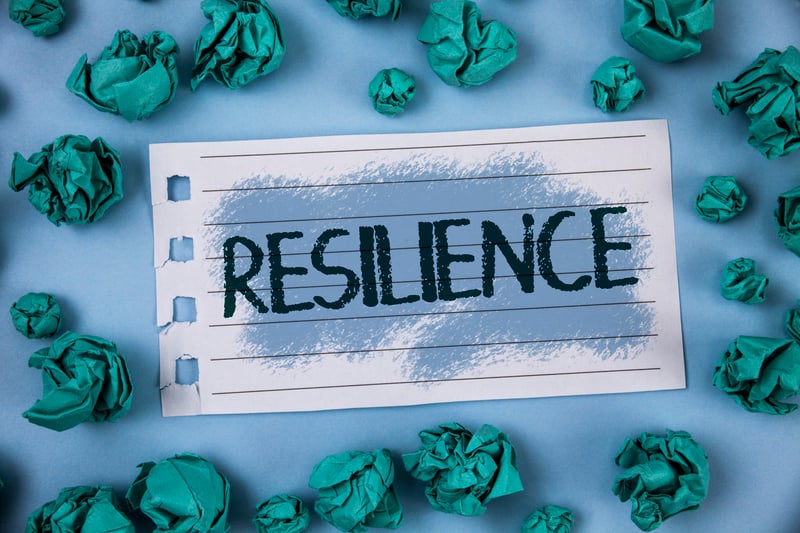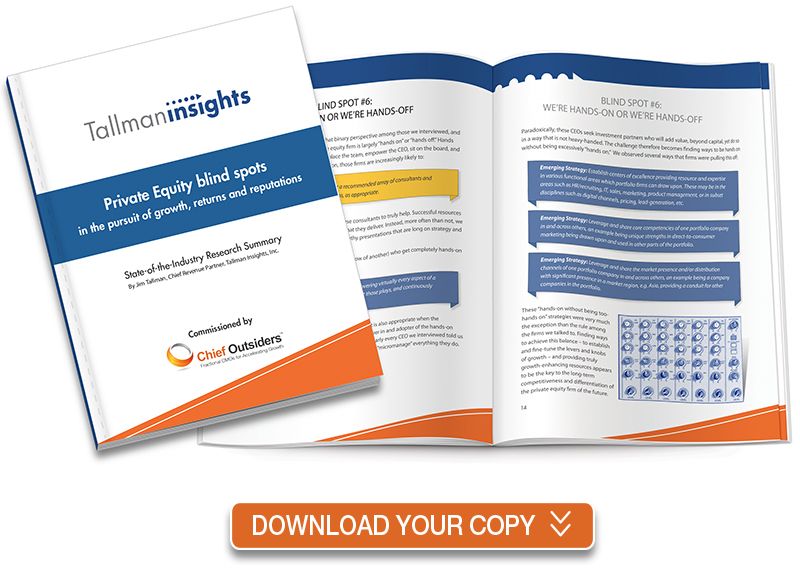Private Equity Blog

Building Portco Resiliency Right Now
The COVID-19 crisis has changed the economy in extraordinary and unexpected ways. But private equity firms can help their portfolio companies take some crucial steps in weathering the storm, and recovering when the clouds lift.
The world's best epidemiologists only have models to predict the full depth and breadth of the COVID-19 pandemic, but companies are already feeling the economic fallout. They're scrambling to find the best way to respond, and in many cases, survive, all the while being rightly concerned for the health of their families and communities. It's not easy, and this is no time to pretend otherwise.
Some enterprises might be dusting off contingency plans for downturns or large-scale threats, but this moment requires more than that. It demands a resiliency program, one that's clear-eyed and proactive. If the outlook is too bleak or too rosy, the result can be the same dangerous inertia. But there are a series of initiatives that can counter that.
The 7 Rs
The 7 Rs of Resiliency Programs is a checklist that can help frame and direct the efforts to respond to COVID-19. It's based on a mental framework from the US Marines that is centered on three steps in coping with a crisis: improvise, adapt and overcome. Plenty of people are improvising at this point, but it's time to look at more constructive ways to adapt and plan for a recovery.
Private equity firms would do well to look within each company of their portfolio and help guide them in executing each one of these steps.
Review costs. Most people are already doing this, as they'd have to be asleep at the wheel if they weren't. Still, beyond cancelling recurring services that are simply irrelevant, like window washing, it can involve hard calls about labor and supplies. A lot of restaurants, retail brick and mortar and even brand HQs are furloughing employees and the current stimulus will help alleviate that pain, but those cuts need to be executed without crippling the resiliency program.
Reassign tasks. Sometimes the best thing a company can do is focus on what it can give back. In the short term, that can be repurposing the business for strictly philanthropic purposes. For example, one restaurant used its parking lot for a Red Cross Blood Drive. It doesn't address the bottom line, but it establishes the business as a partner in the community.
Rethink offerings. For restaurants that never considered takeout or delivery options, this is the time to launch those. For retailers, this can involve more online ordering and curbside pick-up. But creativity is key here. Brazilian steakhouse chain Fogo de Chao was centered around its all-you-can-eat in-house dining experience. So they became a butcher shop, offering their unique cuts of meat so folks could cook them at home. It's a savvy way to redeploy inventory and keep sales from cratering completely.
Another example is the company Wow Bao, that created a special licensing deal to allow other restaurants to produce and sell its dumplings by selling the ingredients and a few pieces of equipment to do so.
Reconsider sacred cows. As businesses rethink their offerings, they can run smack into certain "sacred cows" that seem to be integral to their identity. That high-end eatery may balk at delivery options, since that fish dish might be ruined in the thirty or forty-five minutes it takes to deliver it. This is no time for those kinds of pretensions. Find a way to make meal packs, which are popular now, or focus on offerings that can be delivered successfully. Several restaurants have created pop-up drive throughs, with no more than a tent and a landlord's blessing. And the likes of Home Depot have shifted to curbside pick-ups even though it prided itself on counseling customers in the store.
Reschedule initiatives. Retailers and restaurants that had planned remodeling projects could move those up, but only if they have the resources to do so. It would take only the best capitalized businesses to embark on such remodeling projects, but if they can, it's worth doing. Instead of closing for that week in October to remodel, do that now. Of course, such initiatives can still be hindered by government shutdowns and directives that limit non-essential work.
Reconnect. Communication matters more than ever. We may be keeping our distance physically, but we've never been more social. We have regular Zoom happy hours and contact clients on a regular basis. B2B companies will have closer relationships since they sell directly to their clients, but B2C companies shouldn't go quiet either. They need to reach out every few days, so long as they are mindful in tone and content.
A recent study by Edelman, which surveyed over 12,000 people across 12 countries on brand trust in the wake of COVID-19, found that 71% of respondents would lose trust in a company forever if that company is seen as putting profits before people right now.
Every enterprise should take that 71% seriously, and make sure their communications are exclusively about how they're helping their communities, their customers and their employees cope with the situation. Striking a tone of generosity and support is crucial.
Ready the relaunch. There is no reliable guidance for when any company will return to normalcy. However, this shouldn't prevent companies from planning the steps for a reopening. Employees will need to be retrained with new procedures for interacting with customers, and in the restaurant business, there are likely to be new protocols for food prep and increased sanitation. Dining rooms and showroom floors will get dusty during the shutdown, so time needs to be allocated for a deep clean. This also might be a great time to retrain employees in customer service, stocking shelves, or getting CPUs in line.
However, no business should take any of these steps in a vacuum. Each needs to be tailored to the market reality facing a given enterprise. Vet any and all assumptions, with hands-on research initiatives that capture how customers and peers are actually thinking and acting; Do this even when the market is stable and growing, let alone during a crisis that can change everything overnight.
Bottom line
Perhaps the first step in any resiliency plan is for a business to get its bearings, and understand exactly where it stands at the moment. It might be all the more important to listen before speaking, to ask, and use that feedback to gauge what to do next. In situations like this, humility might be a secret weapon, provided it doesn't stop a company from acting. Fortune may still favor the bold in times like these, but only if the bold is informed and willing to help.
Download this insightful study which identifies seven blind spots evident among private equity firms seeking portfolio company growth.
Topics: Private Equity
Aug 5, 2020 2:55:31 PMFeatured Chief Outsider
/cmo-Doug-Reifschneider.jpg?width=200&height=200&name=cmo-Doug-Reifschneider.jpg)
Doug Reifschneider
Related Articles

- Press Releases
- Careers
- Case Studies
- Marketing Consultant Company
- Marketing Strategy Consultants
- Marketing Plan Consultants
- B2B Marketing Consultants
- Virtual CMO
- Marketing Consultant Outsourcing
- Fractional CMO
- What is a Fractional CMO
- Healthcare Marketing Consultant
- Marketing Consultant Houston TX Texas
- Marketing Consultant Texas TX
- Marketing Consultant Bay Area
- CEO Blog
- Ebooks Plus
- Executive Marketing Consultants
- Product Marketing Consultants
- B2C Marketing Consultants
- Virtual Marketing Consultants
- Senior Marketing Consultants
- Temporary CMO
- Hire a CMO
- Fractional CMO Salary
- Fractional CMO Responsibilities
- Marketing Consultant Austin TX Texas
- Marketing Consultant Dallas TX Texas
- Marketing Consultant San Antonio
- Helping Private Equity
- Private Equity Blog
- Leadership Team
- Privacy Policy
- Business Marketing Consultants
- Strategic Marketing Consultants
- Marketing Technology Consultants
- Sales and Marketing Consultants
- CMO Job Description
- CMO Salary
- Fractional CMO Agency
- Fractional CMO Services
- CPG Marketing Consultant
- Marketing Consultant San Diego
- Partners
Houston, TX 77056
© 2023 Chief Outsiders


